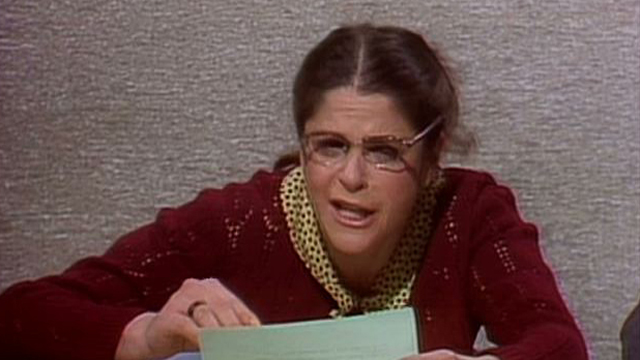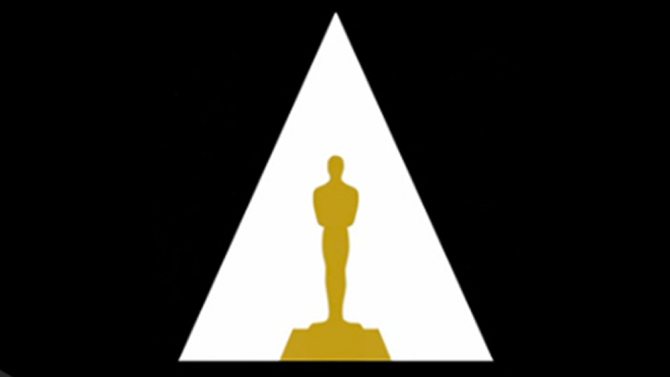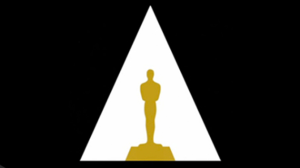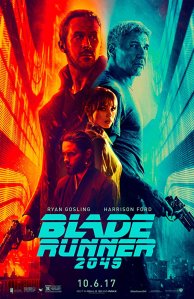
The Washington Post, in an article about what movies should have won the Best Picture Oscar, says Skyfall should have received the award for 2012.
The story originally was published in 2016 but has been updated because of the Oscars ceremony scheduled for March 12.
Here’s the article’s entry for 2012:
Go big or go home. Listen, this was a tough year: “Argo” was delightful, but Spielberg was working at a much higher level of difficulty by making the weighty themes of “Lincoln” so human and relatable. But that’s beside the point: The academy had one chance to give a Bond movie the Oscar, and it was with the confident, thrilling, psyche-probing “Skyfall.” Bond may be the best franchise of all times, but its individual films rarely connect on all levels like this one did.
Skyfall wasn’t even nominated for Best Picture. The nominees were Amour, Argo, Beasts of the Southern Wild, Django Unchained, Les Miserables, Life of Pi, Lincoln, Silver Linings Playbook, and Zero Dark Thirty. Argo ended up winning.
Skyfall received five nominations. It won two, Best Song (the film’s title song) and it shared a sound award with Zero Dark Thirty. The results snapped a long Oscar drought for the Bond film series. Bond had previously won for special effects for Thunderball.
Still, there was disappointment among Bond fans. Roger Deakins had been nominated for Skyfall’s cinematography but didn’t win. (He would later win for Blade Runner 2049 and 1917.) And the film wasn’t nominated for acting, directing, or writing.
Since Skyfall, the Bond series has won two more Best Song Oscars for SPECTRE and No Time to Die.
Filed under: James Bond Films | Tagged: Oscars, Roger Deakins, Skyfall, The Washington Post, Thunderball | 1 Comment »







